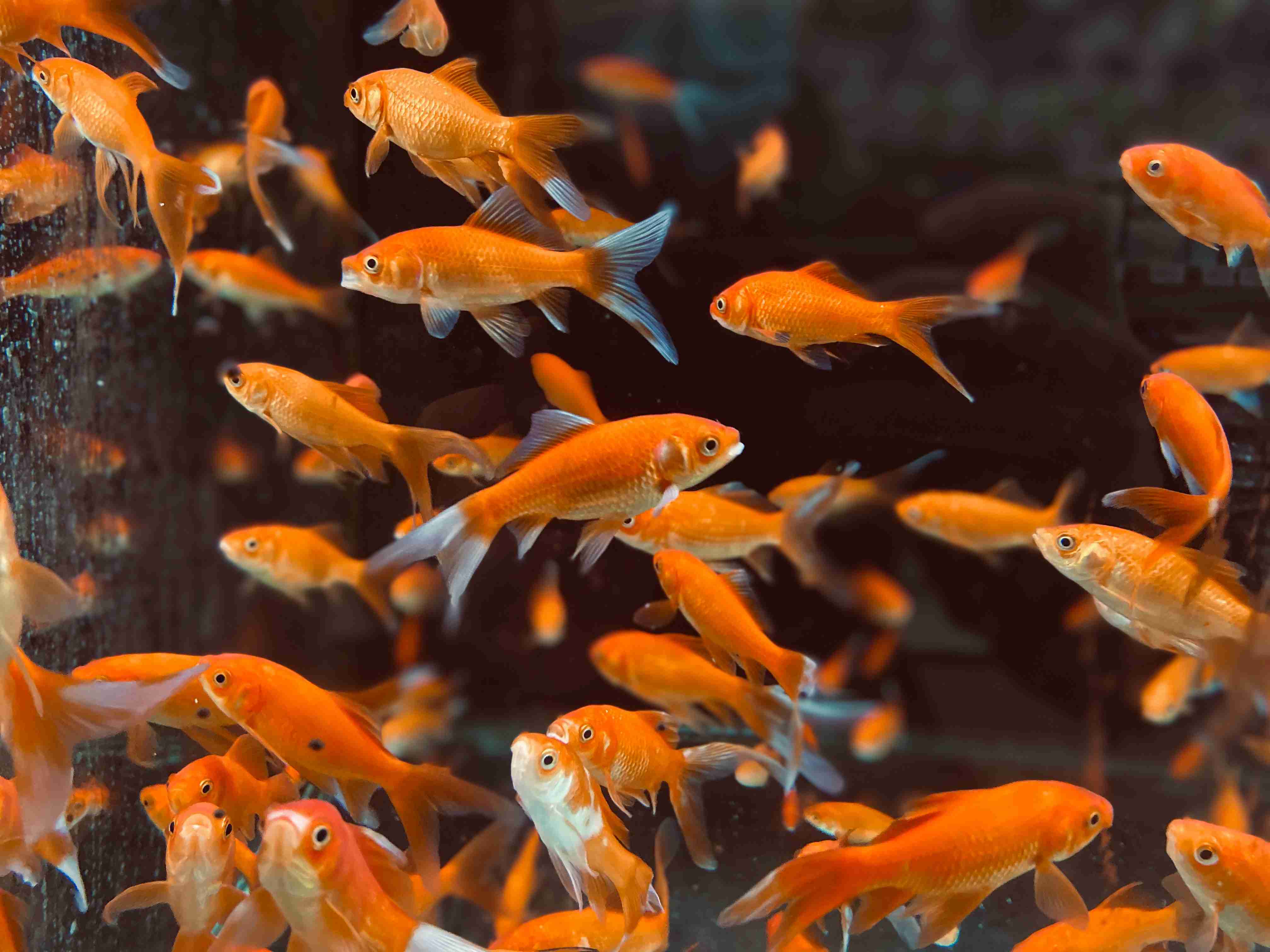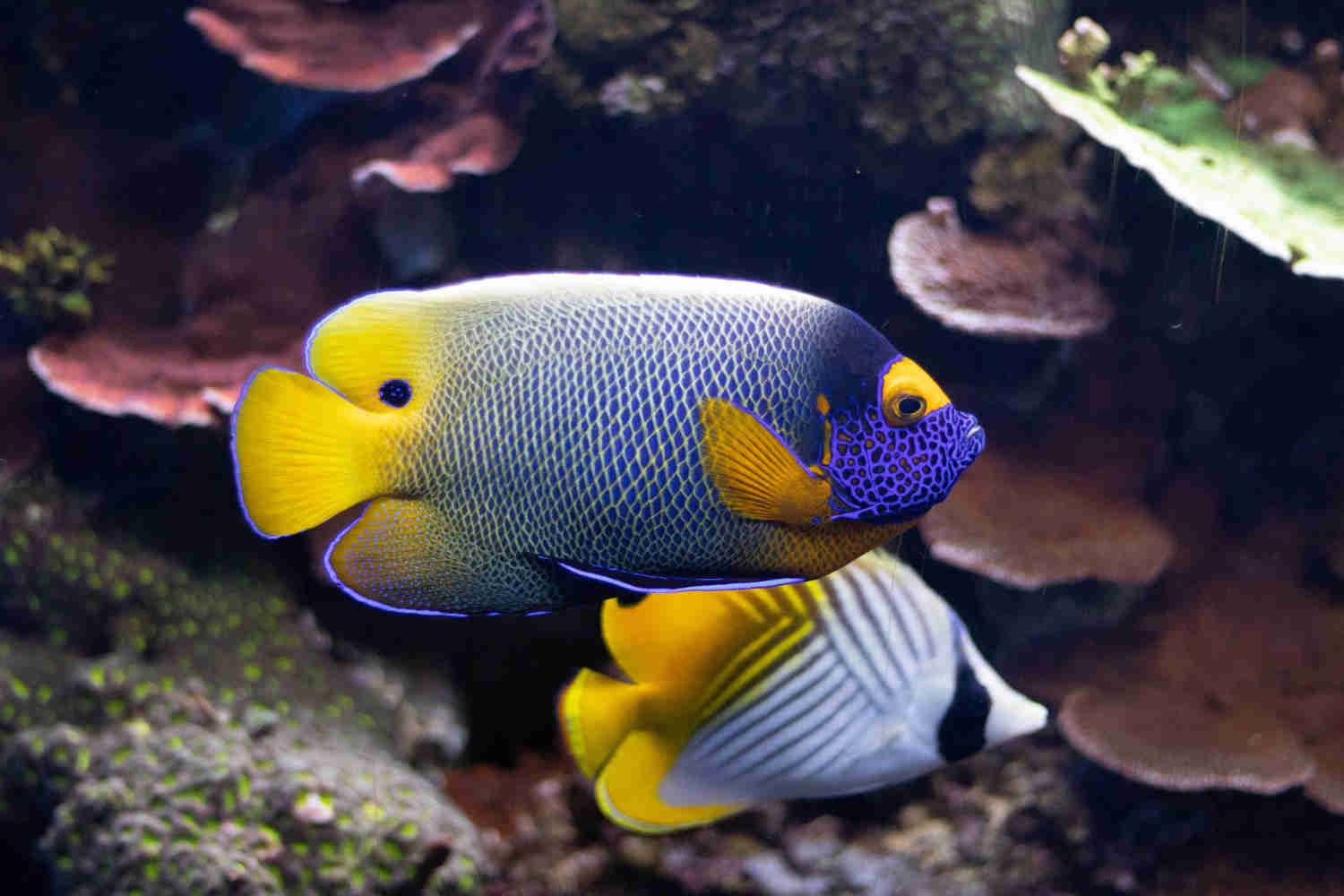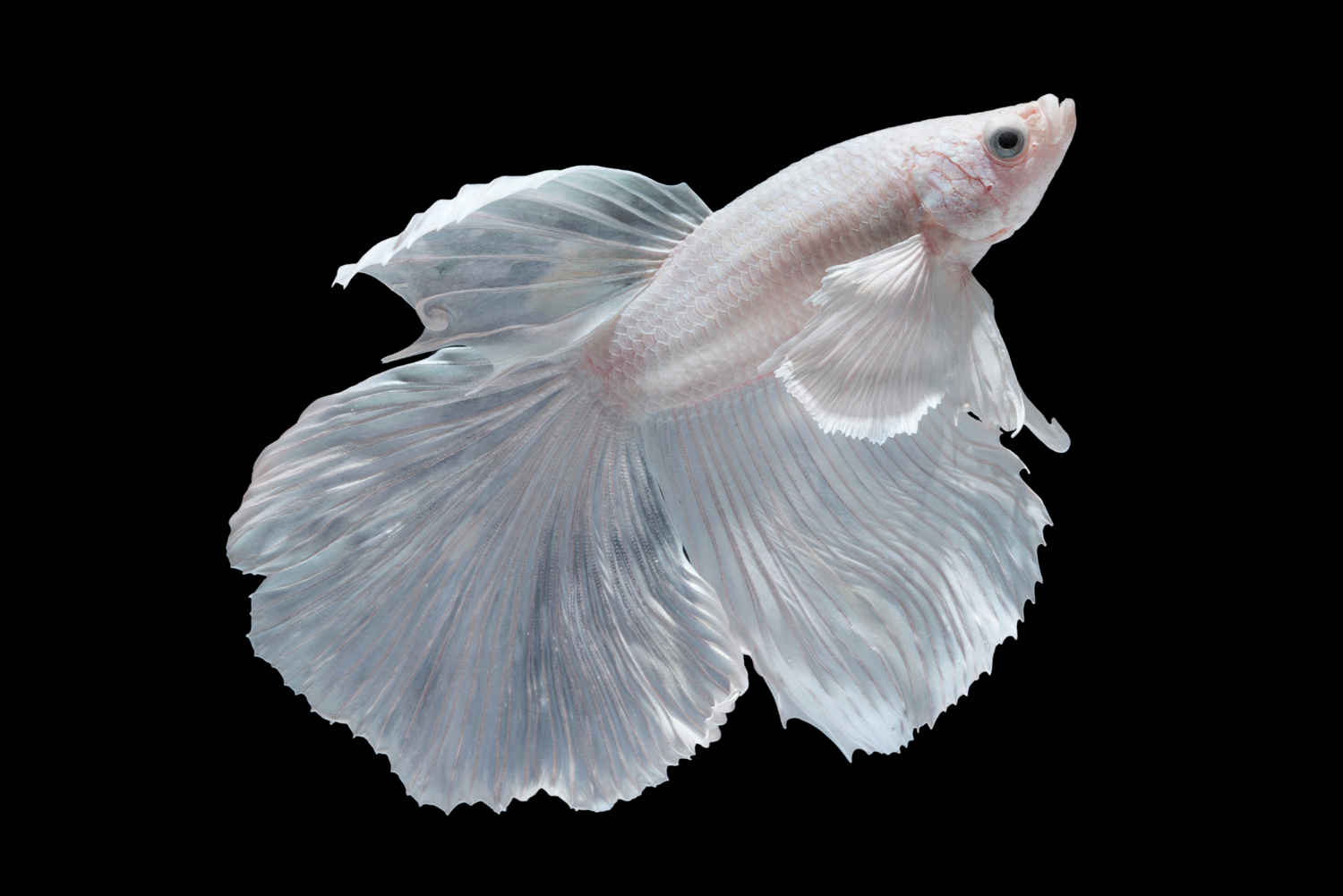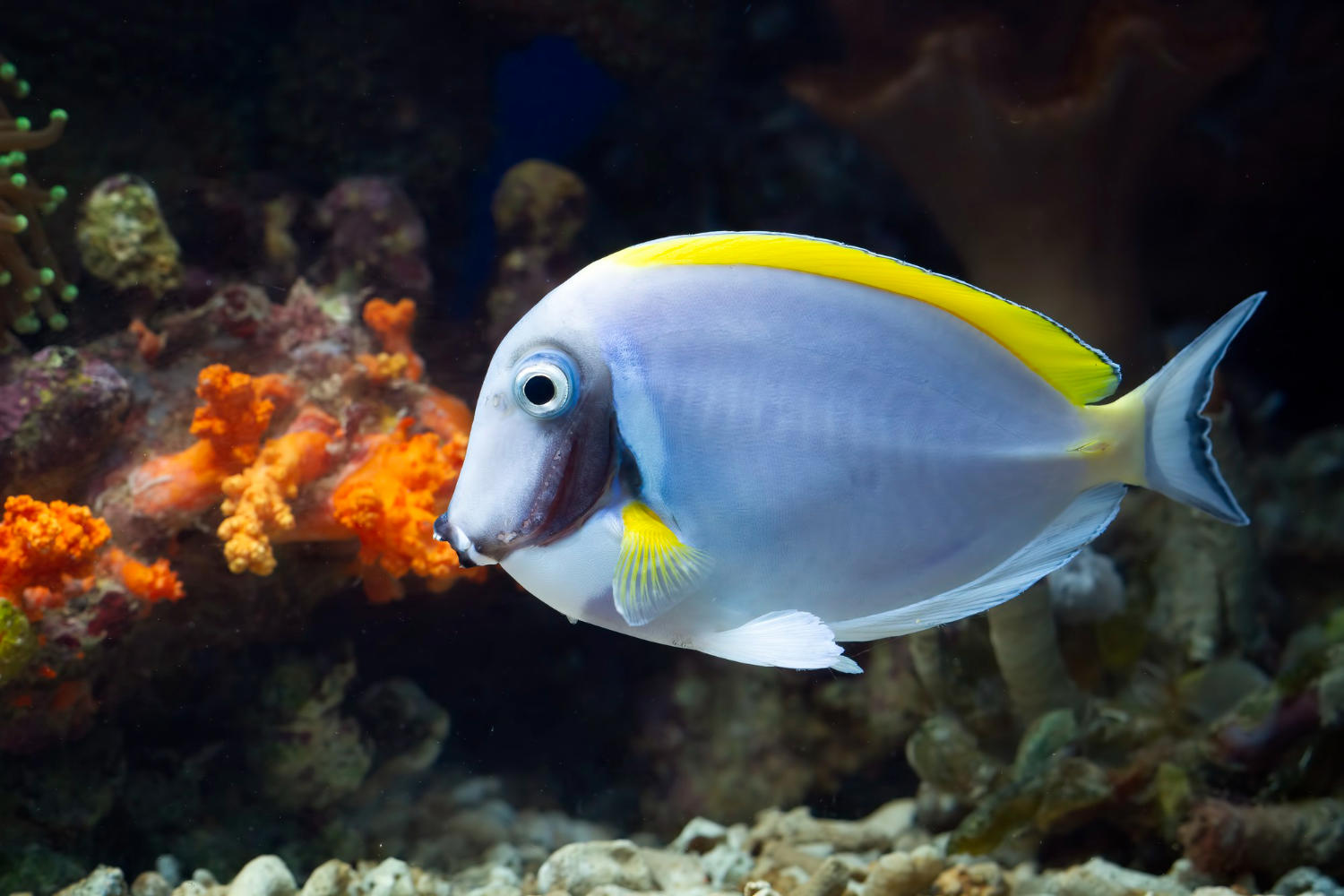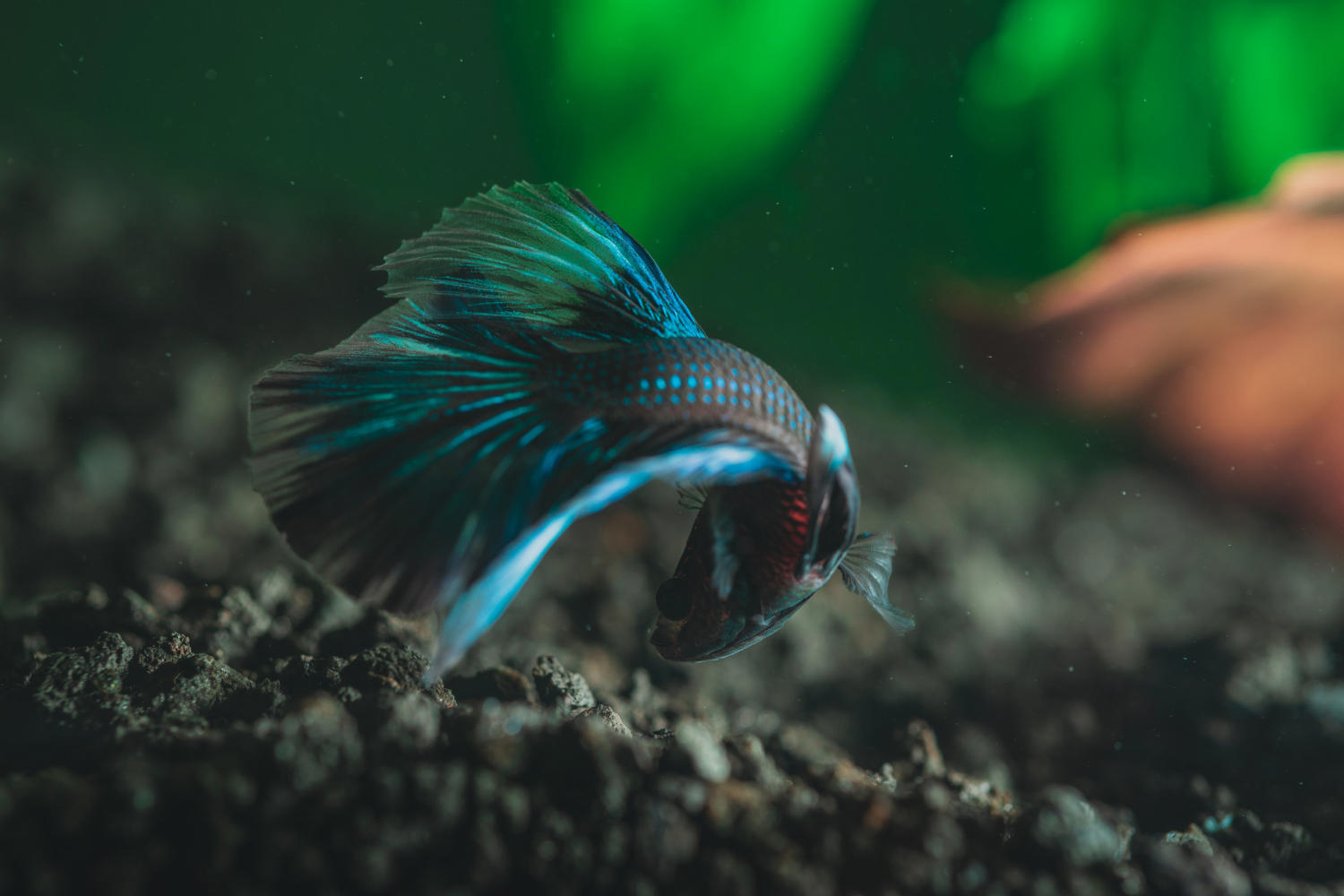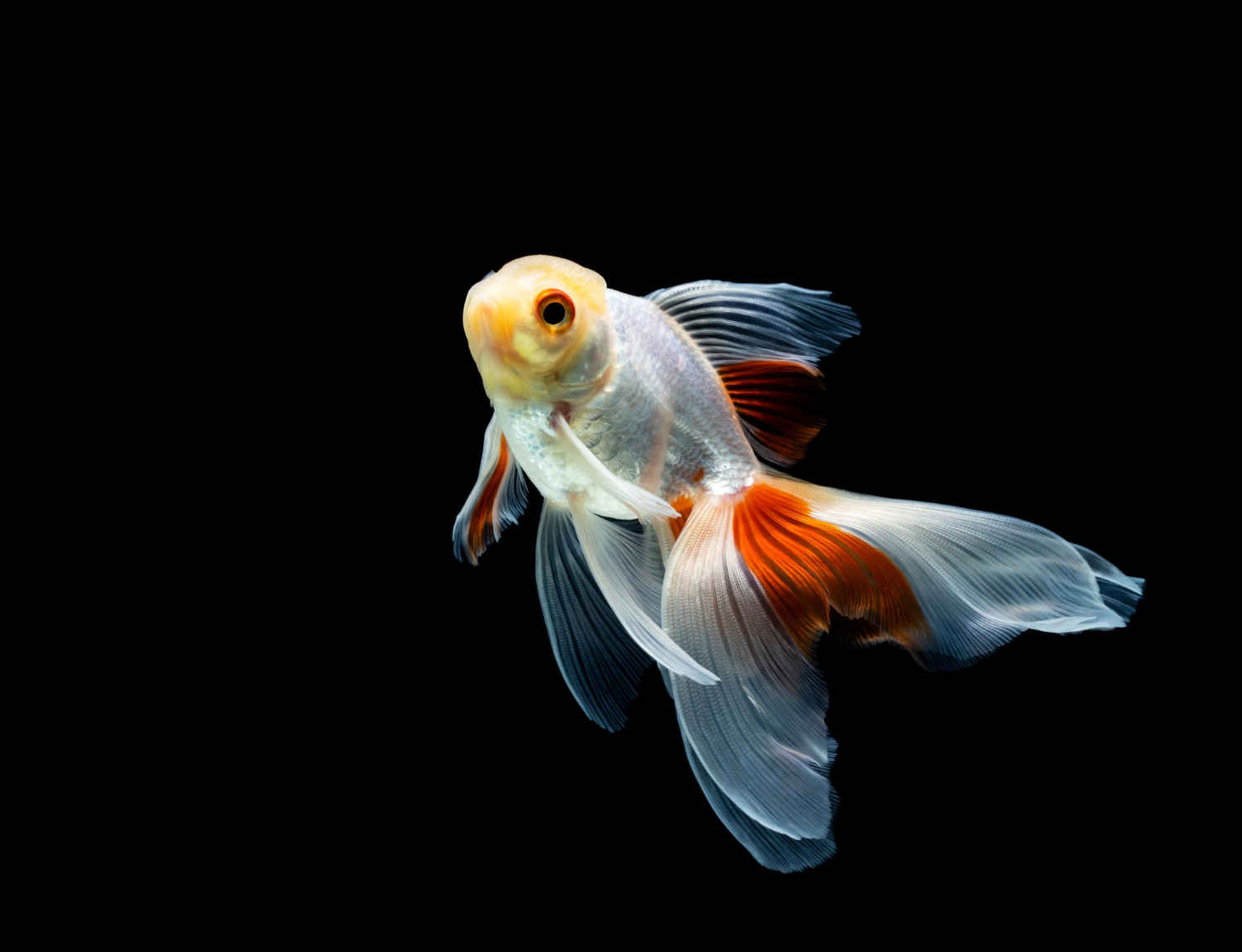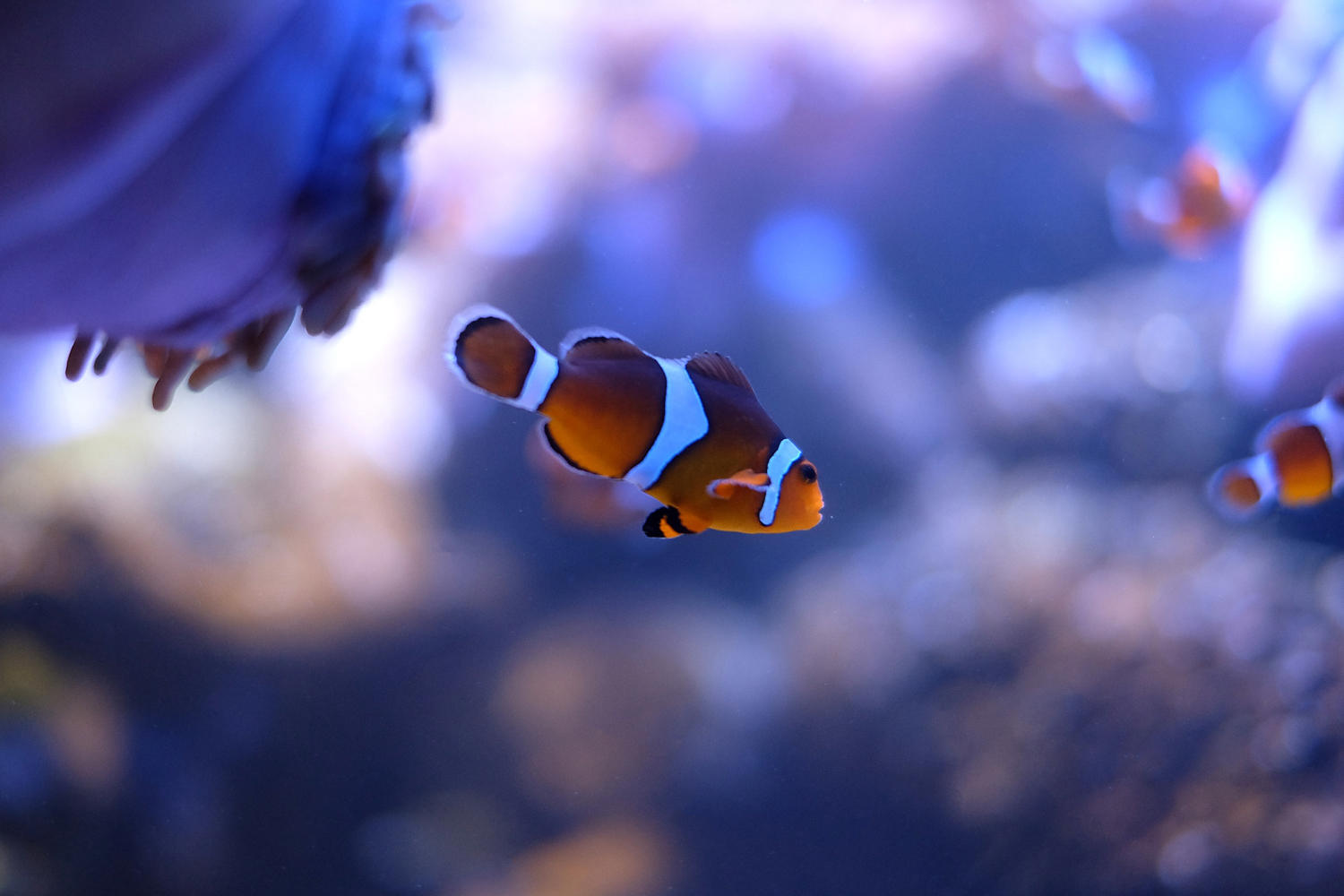If you’re a proud fish owner, you know that providing the right diet for your aquatic pets is crucial for their health and happiness. Feeding your fish is not as simple as tossing some flakes into the water and calling it a day. Different species of fish have different dietary requirements, and overfeeding or underfeeding can lead to a host of health issues. To help you navigate the complex world of fish nutrition and ensure your finned friends thrive, we’ve put together the ultimate guide to feeding your fish. From tips on choosing the right food to best practices for feeding, we’ve got everything you need to know to keep your aquatic pets healthy and happy.
Feeding your fish is an essential task that every fish owner should prioritize. Proper feeding provides your fish with the necessary nutrients to maintain their health and well-being. However, choosing the right food and feeding techniques can be overwhelming, especially for new fish owners. In this ultimate guide, we will discuss tips and best practices for feeding your fish to ensure they live healthy and happy lives.
1. Understand Your Fish’s Diet
The first step in feeding your fish is to understand their dietary needs. Different fish species have different dietary requirements, and it is essential to feed them the right type of food to maintain their health. Fish can be classified into three groups based on their diet:
– Herbivores: These fish only eat plants and algae.
– Carnivores: These fish only eat other fish or meat.
– Omnivores: These fish eat both plants and meat.
It’s crucial to know your fish’s diet and provide them with the appropriate food. Feeding them the wrong type of food can lead to malnutrition and other health issues.
2. Choose the Right Fish Food
Fish food is available in various forms, including flakes, pellets, frozen, and live food. When choosing fish food, consider the following factors:
– Fish species: Different fish species require different types of food. For example, herbivorous fish will require a different type of food than carnivorous fish.
– Nutritional content: Choose fish food that is high in protein and vitamins to ensure your fish receive the necessary nutrients.
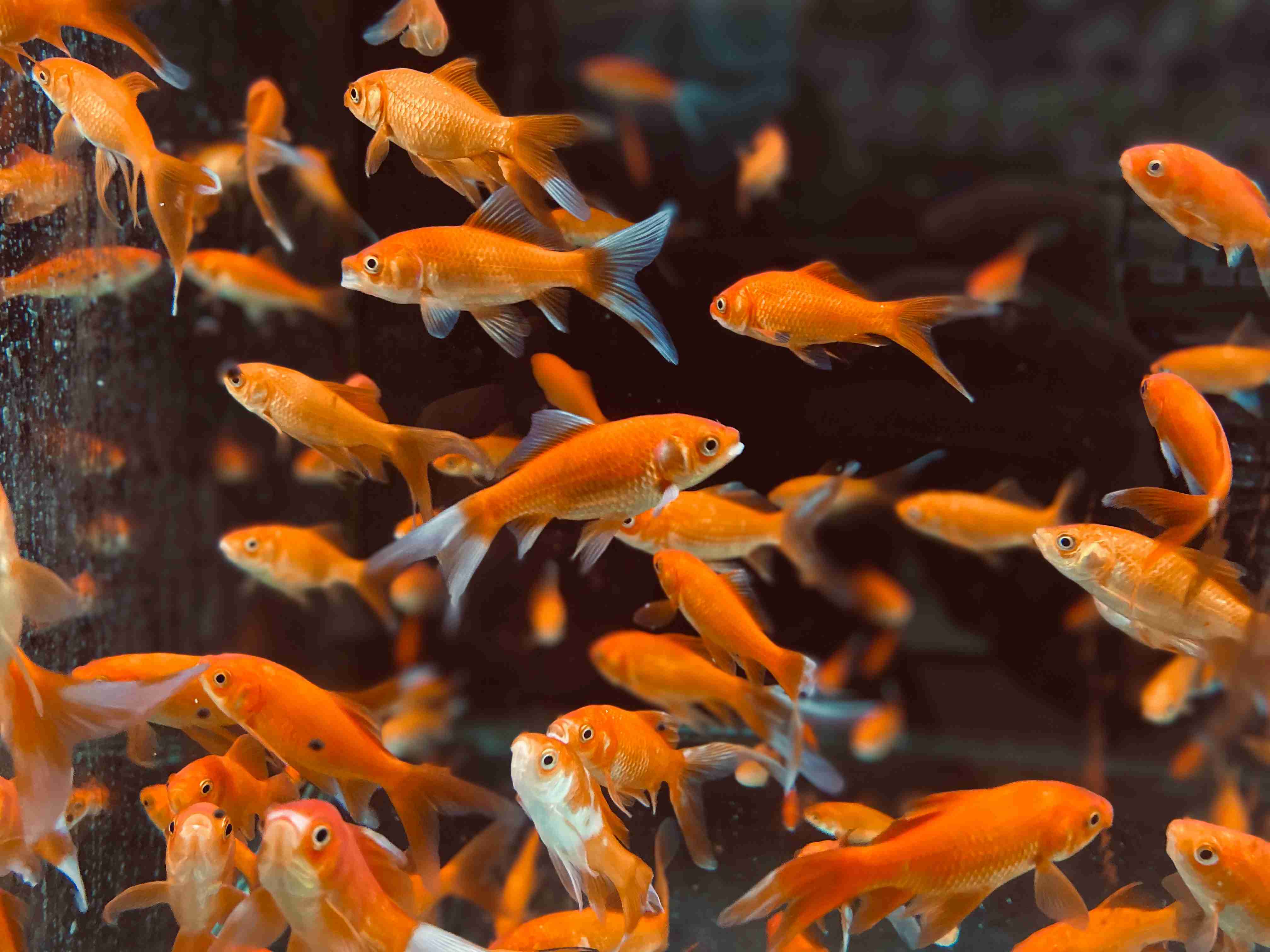
– Freshness: Check the expiration date of the fish food before purchasing it. Expired food can be harmful to your fish.
3. Feed Your Fish the Right Amount
Overfeeding your fish can lead to health problems such as obesity, swim bladder disease, and even death. It’s essential to feed your fish the right amount of food. A general rule of thumb is to feed your fish small amounts two to three times a day. You can adjust the amount of food based on your fish’s appetite and size.
4. Feed Your Fish at the Right Time
Feeding your fish at the right time is crucial for their digestion and overall health. Fish are most active during the day, and it’s best to feed them during their active periods. Avoid feeding your fish before bedtime as it can lead to digestive issues.
5. Avoid Overcrowding
Overcrowding your fish tank can lead to competition for food, and some fish may not receive enough food. Ensure that your fish have enough space to swim and feed comfortably. Overcrowding can also lead to poor water quality, which can be harmful to your fish’s health.
6. Consider Supplemental Feeding
Supplemental feeding can be beneficial for your fish’s health. You can provide them with live food, such as brine shrimp or bloodworms, to supplement their diet. Supplemental feeding can also provide mental stimulation for your fish.
7. Clean Your Fish Tank Regularly
A clean fish tank is essential for your fish’s health and well-being. Uneaten food and waste can accumulate in the tank, leading to poor water quality. Regular water changes and tank cleaning can help maintain a healthy environment for your fish.
Overall, feeding your fish is crucial for their health and well-being. Understanding your fish’s diet, choosing the right food, feeding the right amount at the right time, avoiding overcrowding, considering supplemental feeding, and cleaning your fish tank regularly are essential best practices for feeding your fish. By following these tips, you can ensure that your fish live happy and healthy lives.
In conclusion, feeding your fish is one of the most important aspects of keeping them healthy and happy. With the right knowledge and tools, you can ensure that your fish receive the nutrition they need to thrive. Remember to always choose high-quality foods, follow the recommended feeding guidelines, and keep a close eye on your fish’s behavior and overall health. By doing so, you’ll be able to enjoy the beauty and companionship of your aquatic pets for many years to come. So go ahead and start implementing these tips and best practices, and watch your fish flourish!


